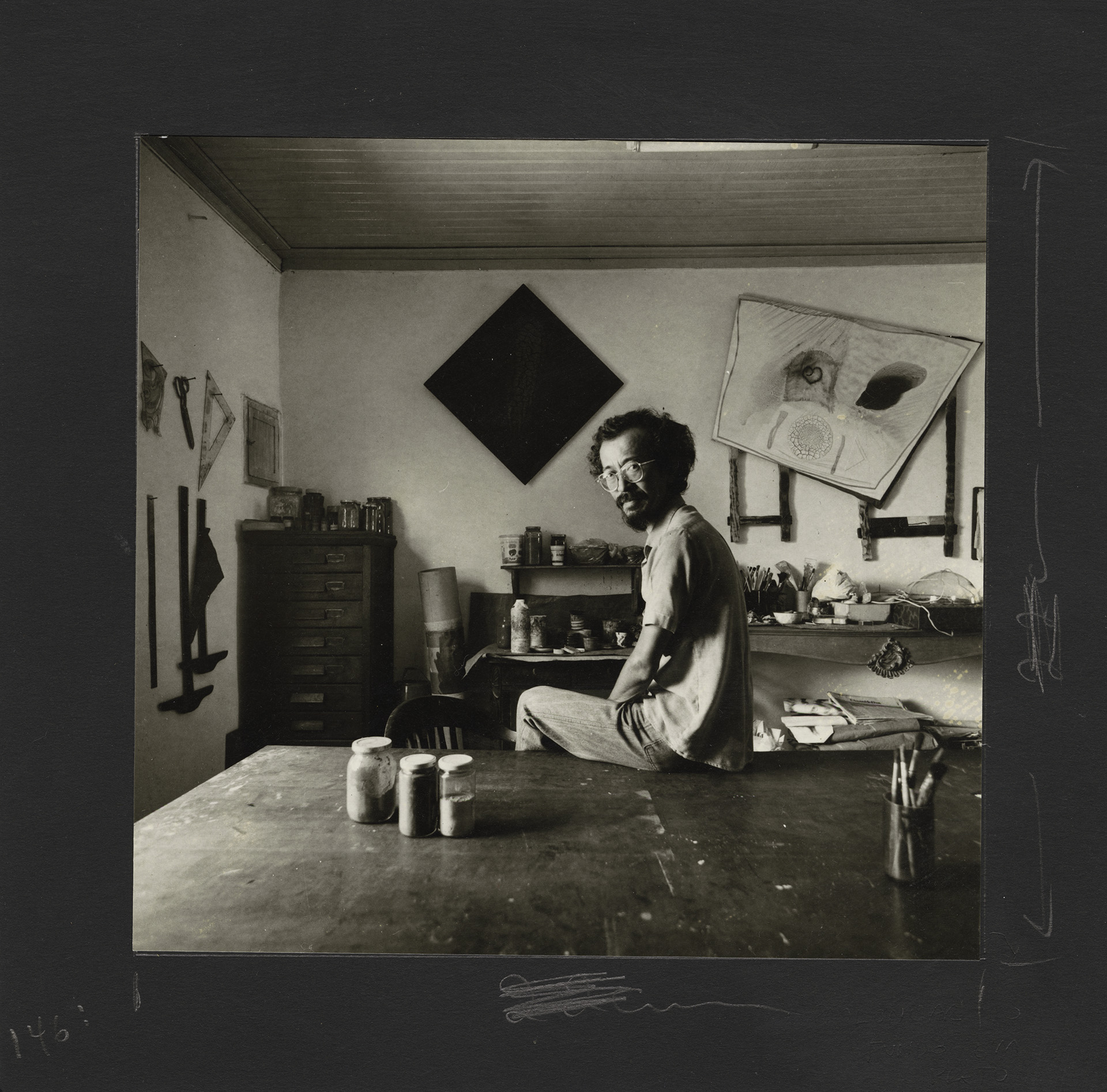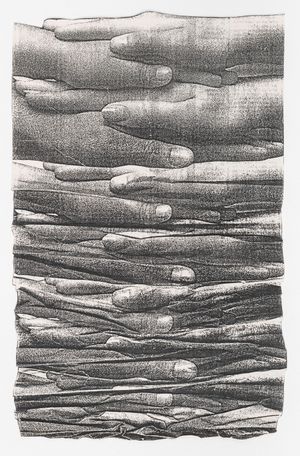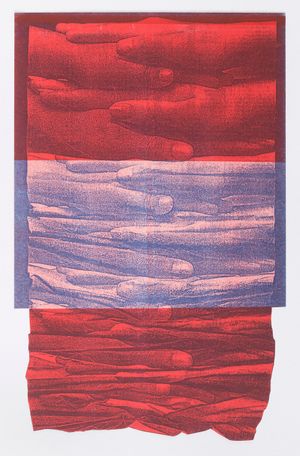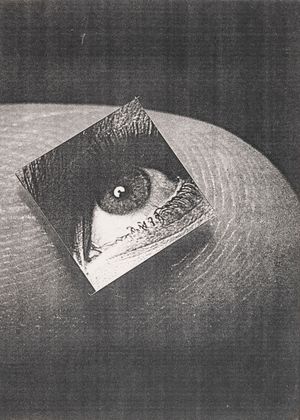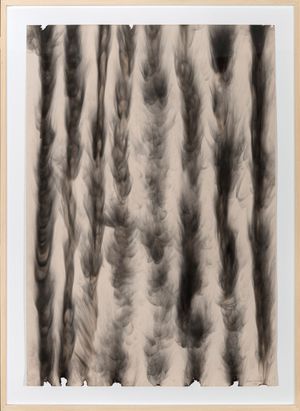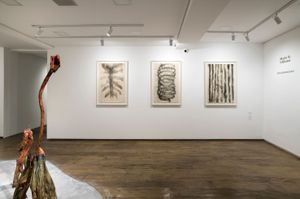Painter, designer, sculptor, pioneer of xerox and postcard art, Mario Noboru Ishikawa lives and works in São Paulo. From the beginning of his career, in the late 1960s, he chose to use industrial materials, such as plywood sheets painted with automotive paint. In these assemblages, he addresses political themes and the formation of subjectivity amid the censorship and violence of the time. In the 1970s, he explored new media, such as xerox and mail art, as a means of producing and distributing art. In doing so, he questioned the very status of the artistic object. Throughout his career, Ishikawa has incorporated visual elements from advertisements, comic books and political slogans, using these images to criticize ufanistic discourses and denounce human rights violations. In the 1980s, his work began to address themes related to nature and the transformation of organic matter, using soot and the manipulation of fire as materials.
Mario Ishikawa's work is part of the collections of Pinacoteca de São Paulo, São Paulo; Museu de Arte Contemporânea da Universidade de São Paulo – MAC USP, São Paulo; Museu de Arte Moderna de São Paulo – MAM SP, São Paulo; Centro Cultural São Paulo – CCSP, São Paulo, among others. In 2023, the artist held the solo show Mario N. Ishikawa: Archaeological Site, presented at Almeida & Dale as part of the Transoceanic Perspectives project. Since the beginning of his career, he has taken part in important group shows such as the Bienal de São Paulo (1967 and 1989); the 1st Bienal Nacional de Artes Plásticas, in Salvador (1966); Arte Xerox Brasil, (1984) at Pinacoteca de São Paulo; Arte Novos Meios/Multimeios: Brasil 70/80 (1985), at Museu de Arte Brasileira da FAAP, São Paulo; Bienal Brasil Século XX (1994) organized by the Fundação Bienal de São Paulo, as well as various group shows focusing on the production of Japanese-Brazilian artists.
